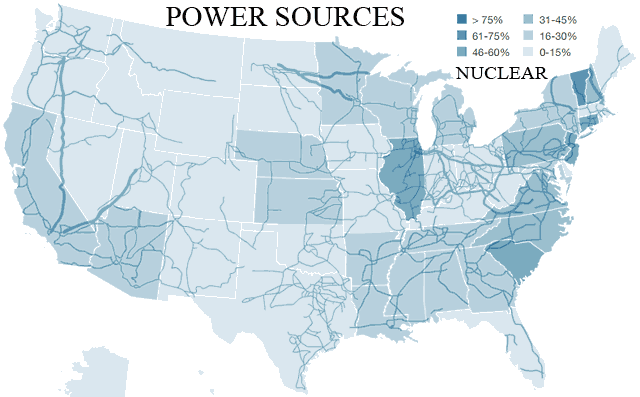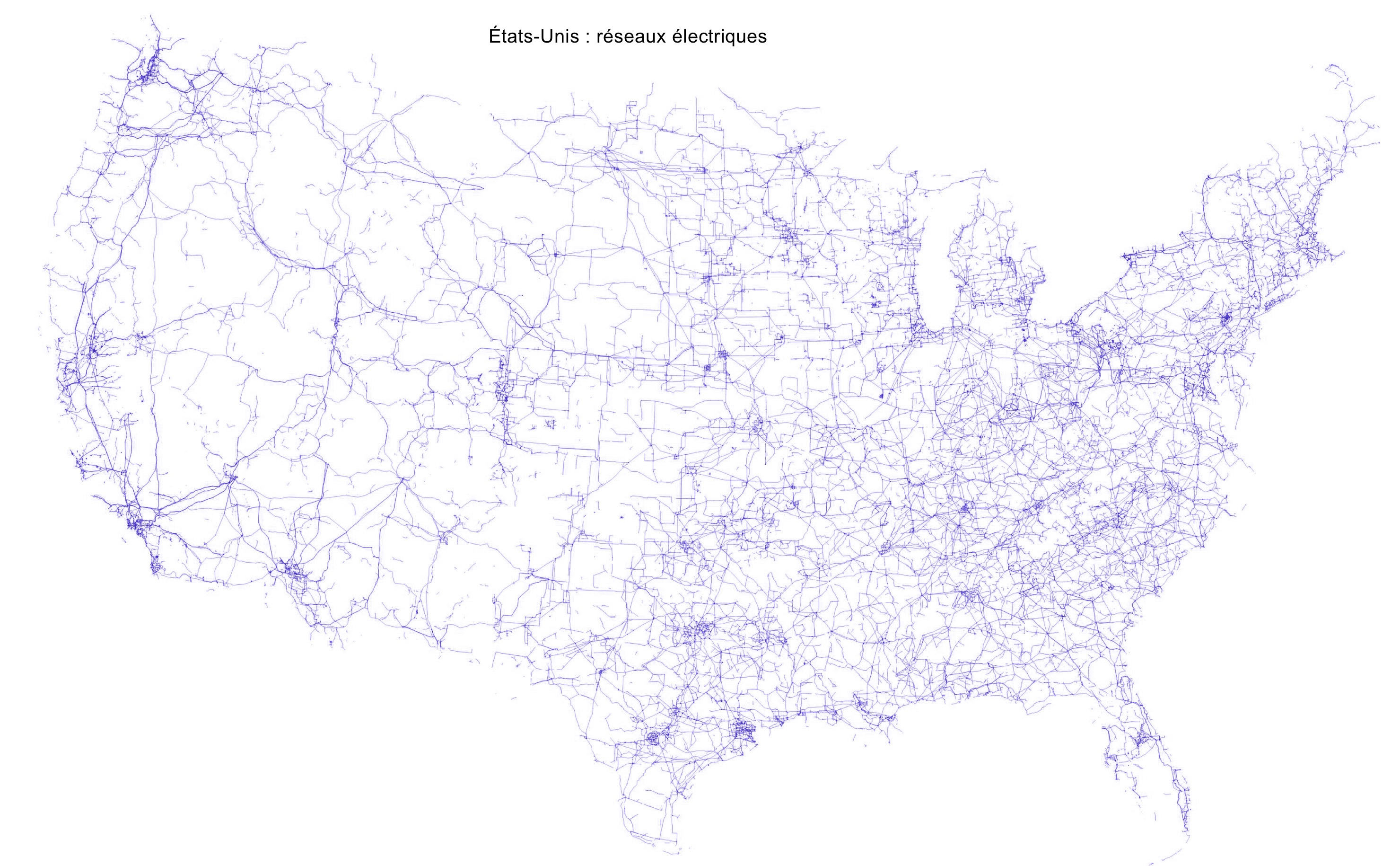
If these assumptions prove wrong, community level grids may look more promising. 12 This conclusion assumes that new transmission can be approved, sited and constructed in a reasonable time frame and that these lines will not have to be buried to satisfy local interests.

Modeling studies of the economics of achieving a net-zero carbon emissions grid generally find that centralized wind and solar generation is significantly cheaper than the mini-grid option. Further reforms will be needed to give hundreds of grid operators the ability to monitor and manage the interaction between local suppliers and local loads while retaining voltage and frequency levels. Local distribution systems will need to be upgraded with new infrastructure, such as smarter transformers, to manage and to monitor power flows in and out of the local distribution system in order to avoid overloads. In a scenario in which electricity systems rely on distributive energy systems like roof-top solar collectors and many small generators, power flows need to be reversed. The electric grid was designed for flows from the high voltage grid to the distribution system and then final customer loads. If solar and wind systems are built at community scale through greater reliance on mini-grids, substantial investments in the grid will still be needed. Hence in the future, the costs of upgrading and expanding the grid may become a much higher percentage of the overall costs of the electric system.


10 The lower capacity factors for wind and solar generation 11 mean that transmission dedicated to variable renewable power will also have lower utilization rates than transmission supporting firm power sources and higher costs per unit of power transported. 9 Solutions to the intermittency problem include a combination of relying on clean backup power sources (hydroelectric facilities, hydrogen fuels, and, in the short term, natural gas), storage, and demand responses. Integration of renewables is a challenge due to the intermittent nature of wind and solar power. 8 New transmission lines will be needed to carry the electricity from the areas where the renewable resources are most plentiful to distant load centers. In the United States, the greatest potential wind energy resources are in the Midwest and along the two coasts, 7 while the greatest solar energy resources are in the Southwest and in Florida. 5 The resulting increase in electricity demand will require major upgrades to the grid, with some studies suggesting a 60% increase in peak demand by 2050. Most plausible pathways to net-zero emissions call for the electrification of multiple services, such as heating and transportation. 3 Furthermore, to meet President Biden’s 2050 goal, experts claim that over a million miles of new transmission will have to be built over a three-decade time span. 2 Over 70% of these lines are more than 25 years old, well into their approximately 50-year lifetime. electric grid consists of 600,000 miles of transmission lines connected to over 1 million megawatts of electricity generation capacity.

1 To realize these goals, the United States must not only transition the production of power, but also build thousands of miles of upgraded or new transmission. The Biden administration has established a national goal of 100% carbon-free electricity by 2035 and reaching net-zero economy-wide greenhouse gas emissions by 2050.


 0 kommentar(er)
0 kommentar(er)
